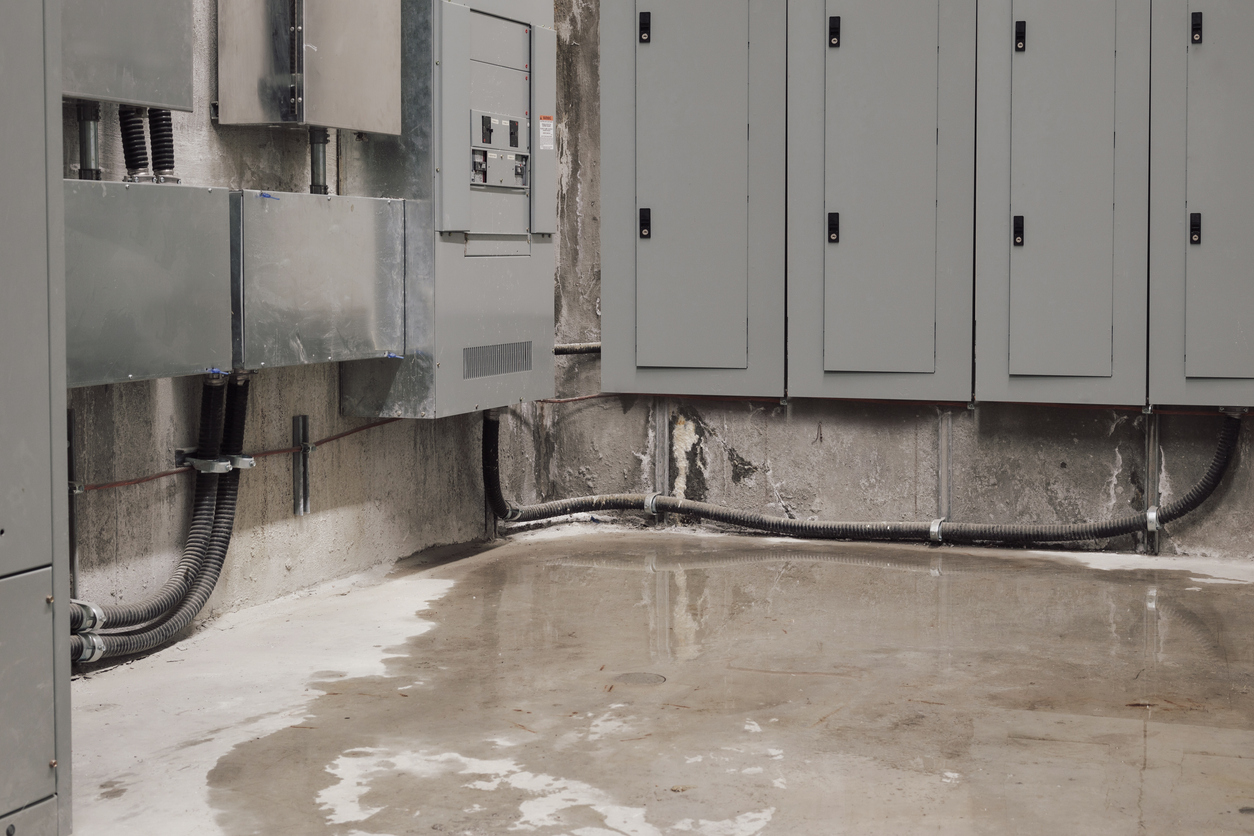With hurricane season nearing fast, now is the time to check up on your insurance policy to determine whether you are covered on all fronts. Standard homeowners insurance policies do not cover damage from flooding, meaning policyholders are required to obtain supplemental flood insurance to protect their home against potential storm surges. While most policyholders obtain flood insurance through the National Flood Insurance Program, there are private insurer options available to those looking for another option.
We have created a Flood Claims Handbook that outlines important steps policyholders should take both before and after a flood occurs. This handbook not only provides best practices for setting yourself up for a successful claim, but also sets general expectations on how the process will go once the loss occurs and a claim is filed.
2020’s record setting hurricane season brought significant flooding along with it. Not only did policyholders have to deal with the effects of wind and wind-driven rain, but they also had to face storm surges and subsequent water damage pouring into exposed homes. With billions in damages across the nation, policyholders should treat 2020 as a cautionary tale. Addressing coverage gaps should be the top priority heading into the 2021 season.
According to the 2020 Triple-I Consumer Poll, approximately 27% of policyholders with homeowners insurance also had supplemental flood insurance. This number should be higher given the losses seen in last year’s storms. While flood insurance is an additional premium and may be costly depending on the area you live, but the coverage will be worth it should you face floodwaters after a storm.
One interesting aspect to consider with NFIP policies is that new rates will go into effect in October 2021. FEMA launched a new program to provide more actuarially sound rates that are better suited to specific levels of flood risk. These new premiums take a property’s value, risk of flooding, and other factors into account rather than solely relying on a property’s elevation level. FEMA has stated that over 1 million policies should see a rate decrease, while only 200,000 policies face a significant increase.
While the NFIP rate changes remain to be seen, one thing is certain – flood insurance is a crucial component of securing adequate coverage.




